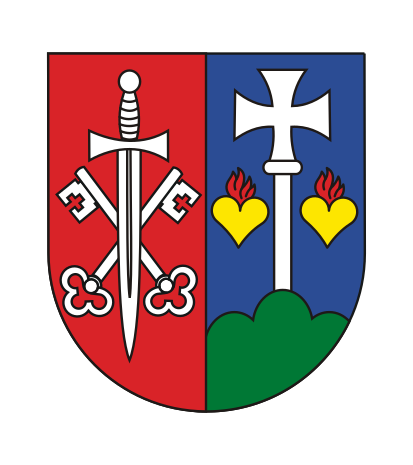The organ choir of the monastic church of the Transfiguration of the Lord in Sampor is occupied by a pipe organ, Opus 7 of the Organ workshops Žilina of the Muška brothers. It is a two-manual organ with pedal, mechanical key action and electrical stop action. In terms of sound it is inspired by the ideal of the French romantic symphonic organ. The specification and the voicing of the organ provides a wide dynamic palette, which corresponds with the character of the monastic church, a place of regular individual and conventual prayer. The organ in Sampor serves as a accompanimental instrument for liturgical celebrations, but thanks to its possibilities it also an excellent recital instrument, capable of interpreting a wide spectrum of organ literature.
Organ festival | The construction of our organ
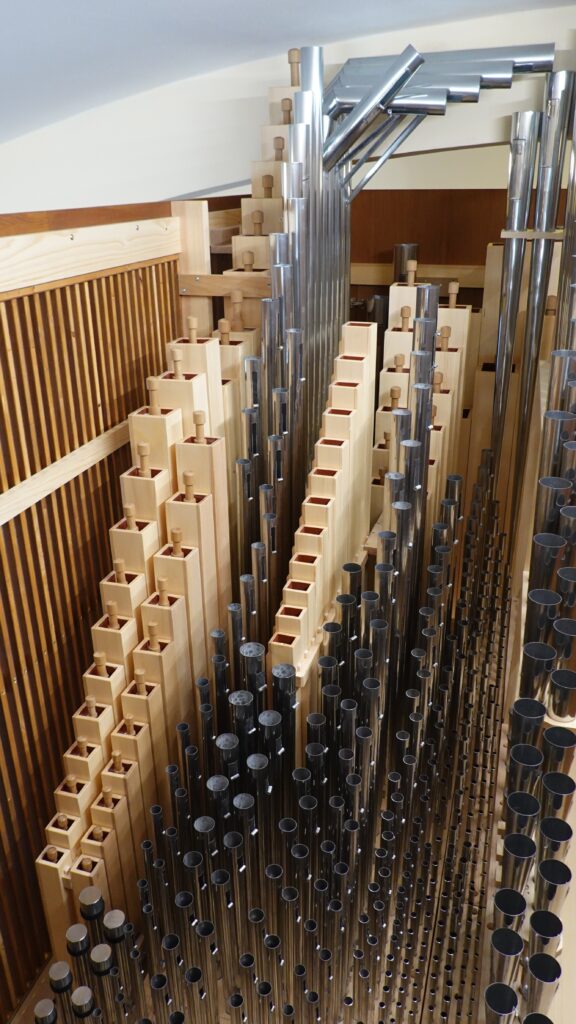
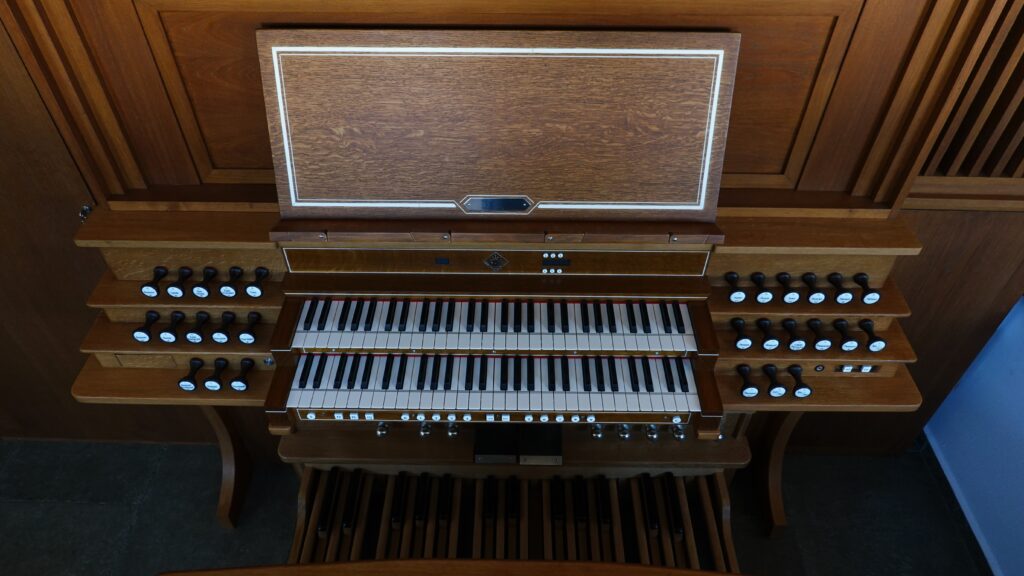
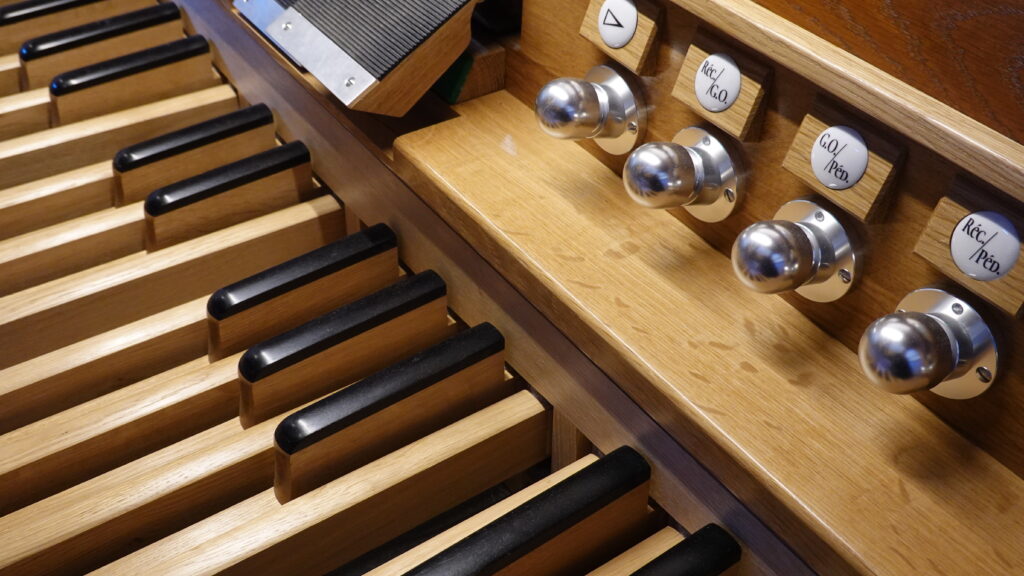
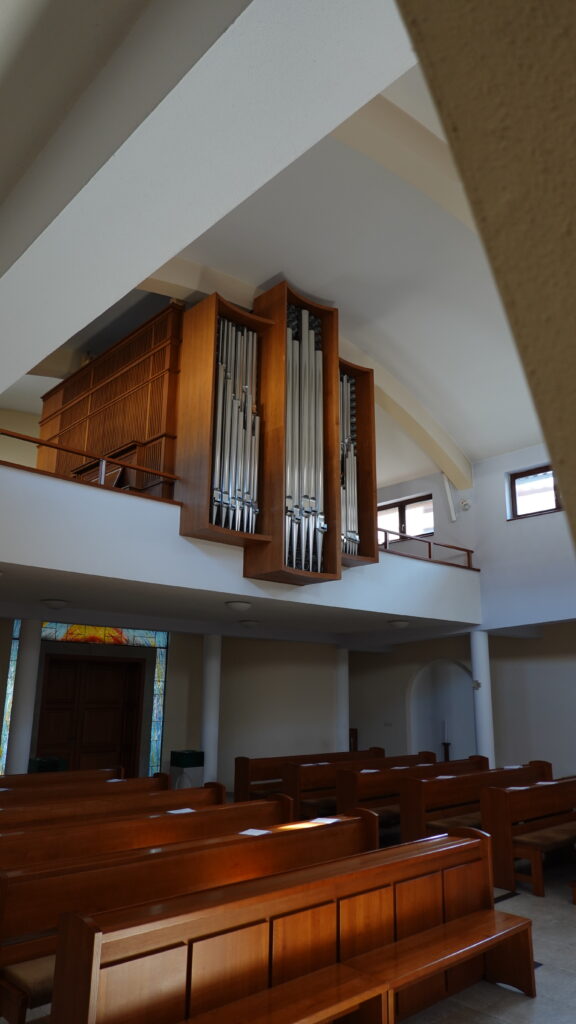
Specification
1. Manual (Grand orgue)
Bourdon 16´
Montre 8´
Flûte bénédictine 8´
Salicional 8´
Unda maris 8´
Prestant 4´
Doublette 2´
Cornet progressif I-III
Fourniture IV
Trompette 8´
II-I 8´
2. Manual (Récit)
Bourdon 8´
Gambe 8´
Voix céleste 8´
Flûte octaviante 4´
Viole 4´
Nasard 22/3´
Octavin 2´
Tierce 13/5´
Plein jeu II
Hautbois 8´
Trémolo
Pedal
Bourdon monastique 32´
Soubasse 16´
Violonbasse 8´
Trombone 16´
I-P 8´
II-P 8´
Console
Manuals: 2 (C—a3)
Pedalboard: parallel (C—f1)
Aids: Buttons and pistons for freely preset combinations (10.000 registrations) and 3 hard preset combinations, Reed stopper, Automatic pedal stopper, Programmable crescendo pedal, Mechanical expression pedal, Lighting for the music stand and pedalboard.

Stops and Pipes
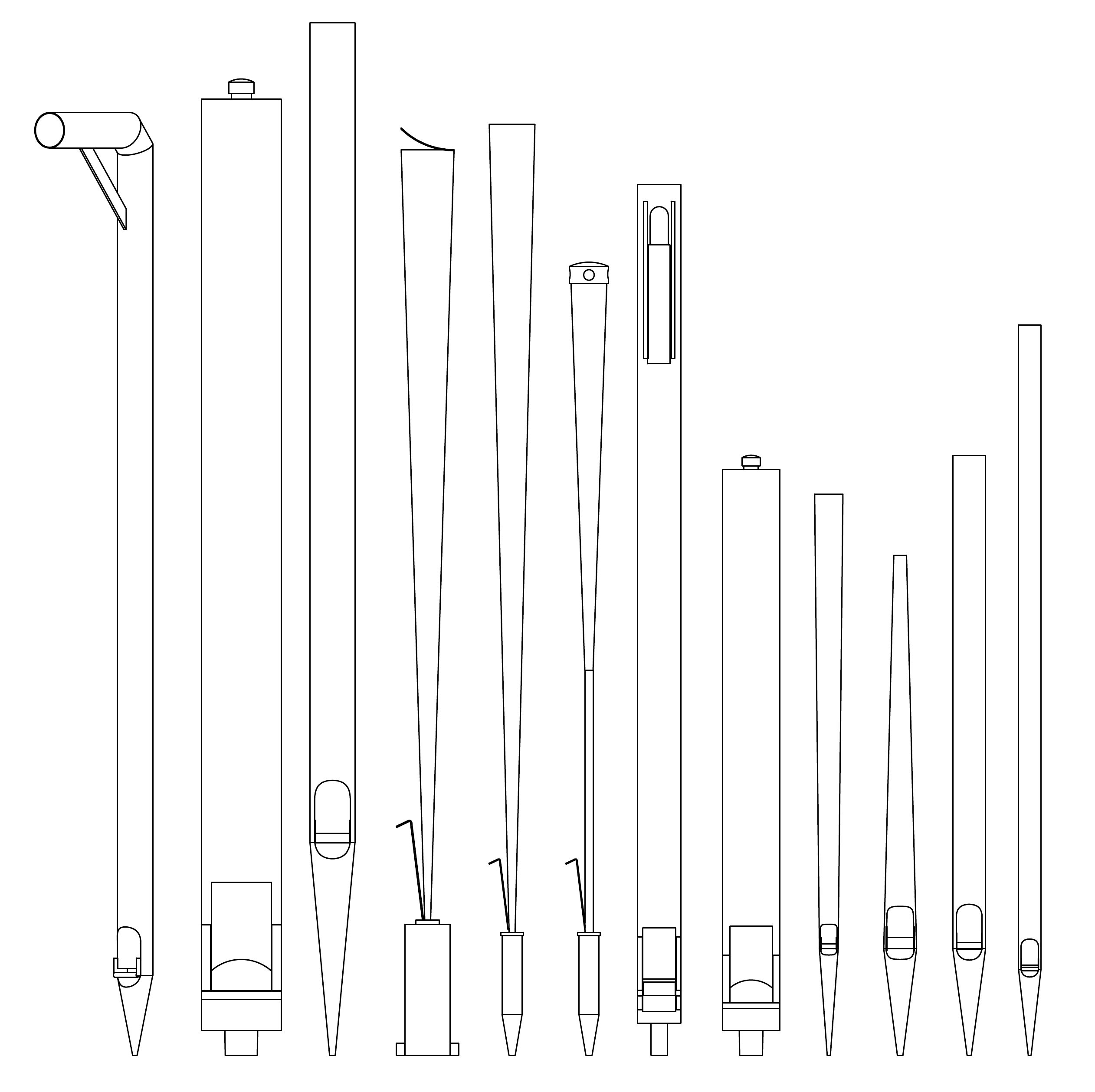
Number of stops: 24
Number of pipes: 1467
Metal pipes: 1323 (Tin, Organ metal)
Wood pipes: 144 (Resonance spruce, Norway spruce, Oak, Ash)
Length of the largest pipe: ca. 355 cm
Length of the smallest pipe: ca. 2 cm (without foot)
Windchest, action and dimensions
Windchest: slider chest
Key action: mechanical
Stop action: electric
Dimensions of the organ case (h x w x d): ca. 3,8 m x 2,9 m x 4,9 m
Weight: ca. 6 t

